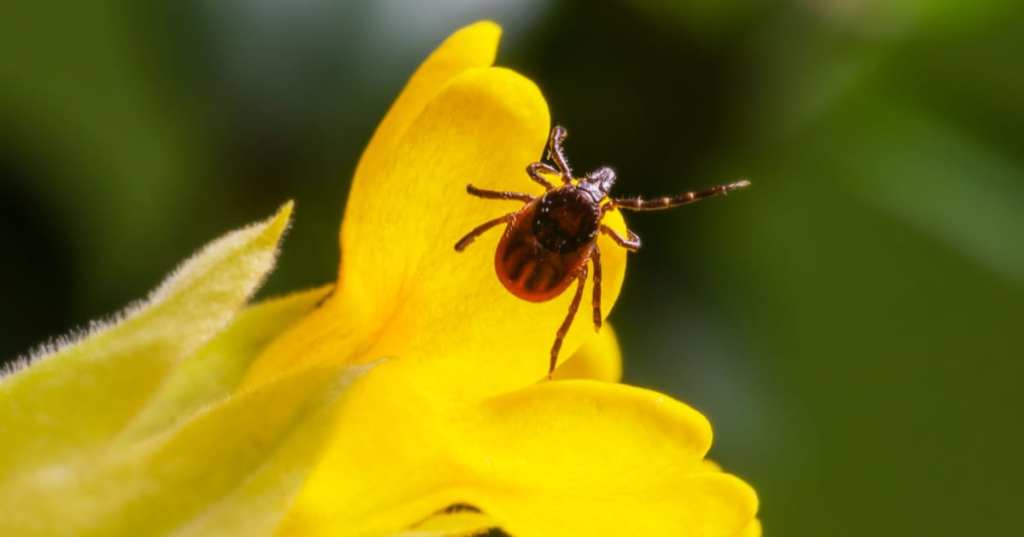I have more than a couple of questions on my list of things to ask whatever god is in charge, should I ever meet them one day. One of the queries near the top, however, is wtf is up with ticks? I’m not even someone easily bothered by bugs and they totally squick me out.
What is the point? Why are they so gross? They give us diseases and bites that itch forever, and this year, experts are warning they’re going to be thicker than ever.
https://www.instagram.com/p/CCZd2ofB2oO/
There are two primary tick species in the United States, the blacklegged tick (Ixodes scapularis), which lives mostly in the Midwest and East Coast, and the Western blacklegged tick (Ixodes pacificus), which resides mostly in the Western US.
Experts believe that the geographic distributions are expanding, which will put “an increasing number of Americans at risk for acquiring Lyme disease,” according to the CDC.
Ticks also carry a number of other diseases, like anaplasmosis and babesiosis.
Despite the growing number of people being infected with these diseases, researchers warn in the Journal of Medical Entomology that funding and surveillance procedures both remain inadequate.
Said lead author Emily Mader,
“Vector-borne diseases are only going to become an increasing threat in the world, [including] the United States and we really don’t know how to address that threat unless we study it.”
https://www.instagram.com/p/CCbV-2_ll2V/
Cornell University researchers surveyed over 140 public health professionals, all of whom study vector-borne diseases at control agencies, specifically looking at tick control practices, how data is communicated, and barriers they find in running programs.
They found that there was insufficient infrastructure and limited guidance, as well as a lack of funding.
Less than half of the people who responded were currently engaged in active tick surveillance, and nearly two-thirds were employing passive surveillance instead of active.
Mader and the others concluded that “the most prevalent barrier to developing and sustaining a tick surveillance program across time is just lack of funding.”
As with everything else, I suppose.
They also said that a lack of testing could lead to bad or no information finding its way to the public should threatening tick diseases pop up in their area.
https://www.instagram.com/p/CBD5KiEhVfR/
Basically, there are a lot of ticks out there – more than ever before – and the people who should be letting us know if there’s anything specific to worry about don’t have the money.
Wear your bug spray, douse your kids, and check everyone when they’re naked.
If your house is anything like mine, you’ll have plenty of opportunity (at least where your kids are concerned).
